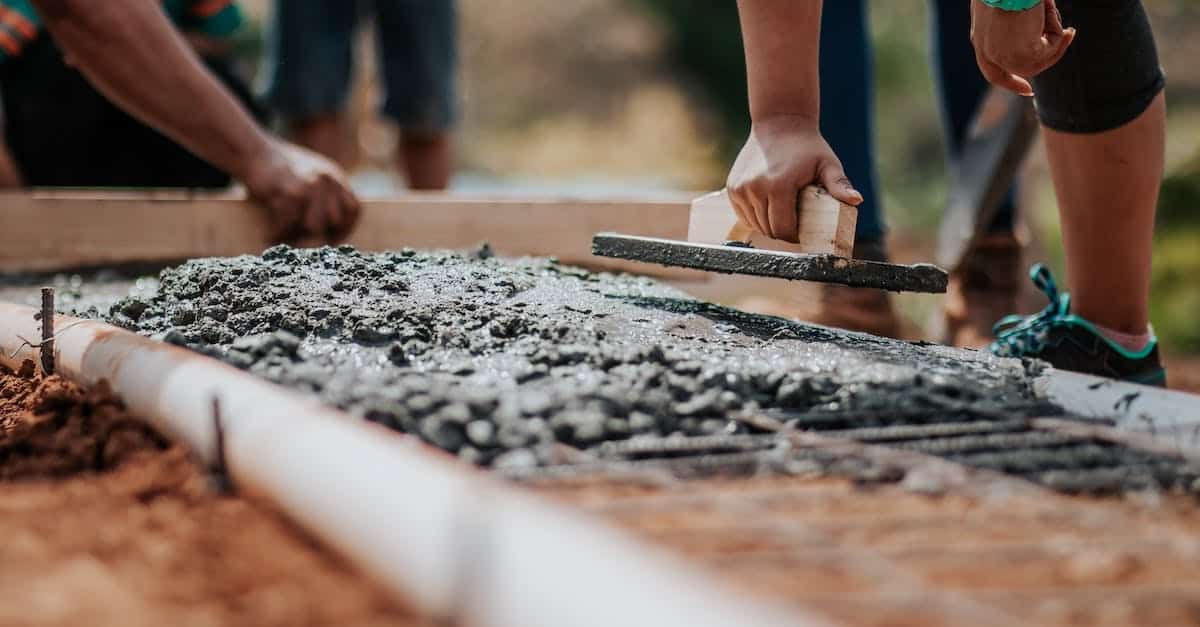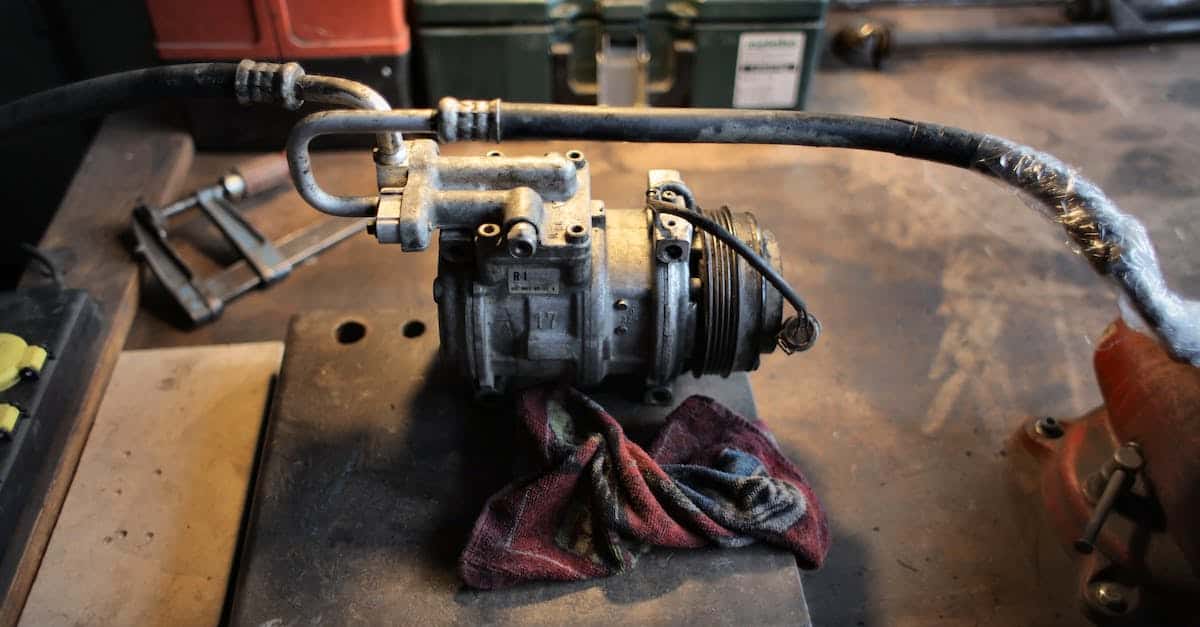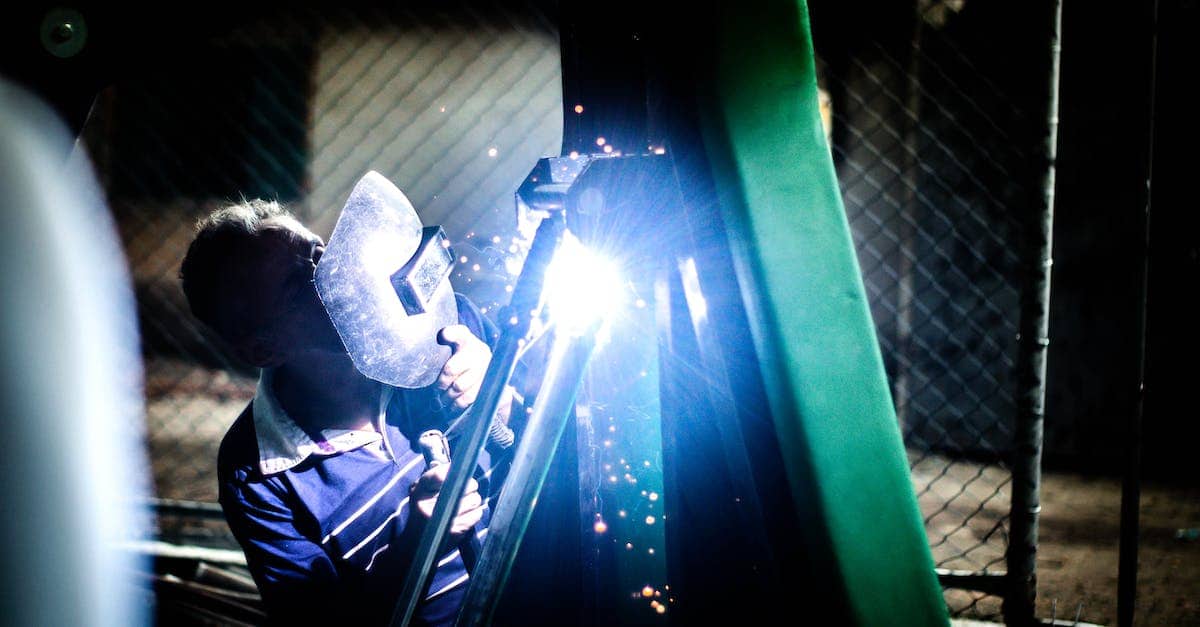So you’re on the hunt for the perfect live edge table, and you’ve hit a snag: what wood should you choose? It’s a big decision, right? After all, the wood you pick will dictate not just the look, but also the durability and character of your table.
Fear not! We’ve got the lowdown on the top contenders for your live edge masterpiece. We’ll walk you through the grains, the finishes, and the unique traits that make each type of wood stand out. Stick around, and you’ll be an expert in no time.
Oak: A Classic Choice for Live Edge Tables
Diving into the world of live edge tables, you can’t overlook oak. It’s like that reliable friend who never lets you down. With its sturdy nature and captivating grain patterns, oak brings a rustic yet refined vibe to your space. Here’s why it’s a top contender:

First off, let’s discuss durability. Oak’s renowned for its hardness and strength. It won’t buckle under pressure, making it ideal for your bustling dining room or a statement piece in your office. The density of oak also means it’s resistant to wear and tear; your live edge table will stand the test of time with grace.
Secondly, there’s versatility. Whether you’re drawn to the reddish tones of red oak or the cooler hues of white oak, there’s an option to suit your taste. The pronounced grain of oak wood adds depth and texture, while its large pores take in stains and finishes beautifully, allowing for a range of aesthetic choices.
Here’s a quick glance at the properties that make oak a solid choice:
| Property | Benefit |
|---|---|
| Hardness | Ensures durability and longevity |
| Grain Pattern | Adds visual interest and unique character |
| Finishing | Accepts a variety of stains and finishes easily |
| Versatility | Complements different styles and color schemes |
When it comes to working with oak, you’ll appreciate the workability despite its density. It’s a joy to cut and shape, making it a favorite for woodworkers like yourself. But remember, oak demands sharp tools due to its hardness, so keep those chisels and saws in pristine condition.
For a more personalized touch, oak works wonderfully with epoxy fills to fix any voids or knots. This can add a pop of color or a subtle blend, accentuating the live edge and giving your creation a signature look.
The warmth oak brings to a room is unmatched. It’s got a certain presence, a sturdiness that pairs with almost any decor theme from modern industrial to cozy farmhouse. Your oak table won’t just be a piece of furniture; it becomes the centerpiece, the conversation starter, the heirloom piece passed down through generations. Remember, when cared for properly, an oak live edge table keeps its stunning appearance for years to come.
Walnut: Richness and Warmth for Your Table
When you’re on the hunt for a stunning centerpiece, walnut wood is a front-runner that’ll capture your heart. Walnut’s deep, chocolate hues are enriched with swirling grain patterns, ensuring that each live edge table exudes a unique character. It’s the go-to for artisan woodworkers and those with an eye for aesthetic finesse.
In your quest for a live edge table that stands out, know that walnut brings to the table—quite literally—a distinction that’s unrivaled. It’s cherished not only for its appearance but also for its hardness and durability, which make it ideal for a piece that’s both decorative and functional. You’ll find that a walnut table isn’t just a surface; it’s a conversation starter.
Here’s what sets walnut apart:
- Unmatched grain variation
- Naturally rich, dark tones
- Excellent strength
Working with walnut, you’ll appreciate how it cuts smoothly and shapes well despite its hardness. It’s forgiving enough for novice woodworkers yet gratifying for veterans. And let’s not overlook how well it plays with finishes; walnut can go from matte to a high shine, depending on how you dress it up.
Maintenance-wise, a walnut live edge table is resilient. Regular dusting and the occasional polish will keep it looking resplendent. Over time, you might notice the wood taking on an even more lustrous patina, enhancing the depth of color and the prominence of its live edge.
As you continue to design your space, remember that walnut’s richness isn’t limited to its color. It has the power to infuse warmth into any room, tying together disparate elements with its inviting ambiance. Whether you’re looking for that show-stopping piece or a functional heirloom, walnut’s versatility makes it an excellent choice for your live edge project.
Maple: Smooth and Versatile for Modern Designs
Moving from the rich tones of walnut, you’ll find that maple is another outstanding choice for your live edge table. If you’re a fan of lighter woods with smoother textures, maple is your go-to option. Its distinctive, fine grain, and uniform appearance offer a more subtle elegance that doesn’t overshadow other elements in your space.
Maple wood is renowned for its strength and durability, which is essential when crafting furniture that’s built to last. There are two common types of maple to consider: soft maple and hard maple. Despite the name, soft maple is still quite durable and often used for furniture. Hard maple, however, offers enhanced durability and is frequently used in heavy-use items like cutting boards.
Here’s why maple might just steal your heart:
- Smooth grain: Perfect for a sleek, modern aesthetic.
- Light color: Ideal for creating the illusion of more space.
- Consistency: You won’t be fighting against erratic wood behavior.
When it comes to working with maple, you’ll find it’s quite cooperative. Whether you’re running it through a planer or intricately shaping it with hand tools, maple responds well, giving you less hassle and more satisfaction throughout your project. And let’s not forget the stunning transformation it undergoes with the application of furniture oils – the wood seems to come alive.
One of the exciting things about maple is how well it plays with tints and stains. If you’re itching for a pop of color or a tint that can segue from traditional to contemporary design, maple’s your ace. It can be subtly enhanced with a light stain or boldly redefined with a darker one, tailoring your live edge table to the desired ambiance of your room.
Maintenance for maple live edge tables aligns with its character – straightforward and undemanding. Regular dusting and an occasional treatment with wood conditioner will keep that smooth surface looking inviting for years to come. And given its light coloration, any scratches or wear are less conspicuous, making it an ideal surface for homes bustling with activity.
Whether placed in a sunny breakfast nook or featured in a minimalist living room, a maple live edge table fits impeccably. Its adaptability in terms of aesthetics and function is what makes it a sought-after choice for woodworkers like you who enjoy the art of creating beautiful, lasting furniture.
Cherry: Timeless Elegance and Beauty
When you venture further into the realm of live edge tables, cherry wood stands out as the embodiment of timeless elegance and sheer beauty. Cherry wood’s rich, reddish-brown color deepens with age, offering an unparalleled warmth that simply can’t be replicated with stains or dyes. It’s as if each piece tells its own story, growing more distinguished as time passes.
Working with cherry wood is a woodworker’s delight. You’ll find that it’s hard yet pliable, making it both forgiving and enjoyable to shape into your next masterpiece. The straight grain patterns entwining with subtle waves create an alluring visual appeal, enhancing the live edge’s natural charisma. Its smooth texture means less time spent on finishing, and despite common misconceptions, cherry wood is remarkably durable, meaning your live edge table will stand the test of time.
Caring for cherry wood tables is as straightforward as it gets. Routine dusting and the occasional polish with a natural oil keeps the wood looking pristine. But here’s what sets cherry apart: minor scratches or dents can be seen as part of its evolving character, blending seamlessly into the wood’s patina over time. It’s the kind of wood that gains more personality with every little mark, reflecting the life lived around it.
In your home, a live edge table crafted from cherry wood will undoubtedly become the centerpiece of any room. Its ability to adapt to different styles, from rustic to contemporary, makes it a versatile choice for furniture makers. Imagine the conversations it will inspire as the sunlight catches the smooth contours of its edge, the beauty of the natural wood grain on full display.
Choosing cherry wood for your live edge table project is a decision steeped in the appreciation of wood’s natural splendor. As you work with this noble material, you’ll see why it’s often the go-to choice for heirloom furniture pieces. It’s not just a table you’re creating; it’s a future family treasure.
Keep in mind:
- Cherry wood’s color enriches with age.
- It’s an excellent balance of hardness and pliability.
- Simple care routines enhance its longevity.
- Cherry wood’s patina develops character with use.
Conclusion: Choosing the Perfect Wood for Your Live Edge Table
Selecting cherry wood for your live edge table means embracing a material that’s as robust as it is graceful. You’re not just picking out a piece of furniture but investing in a future heirloom that’ll grow more beautiful with every passing year. Remember, the wood you choose is a reflection of your style and the stories you’ll tell around it. So go ahead, let cherry wood’s natural elegance be the canvas for those memories. Your live edge table will be more than just a surface—it’ll be a conversation starter, a statement piece, and a testament to time-honored beauty nestled right in your home.
Frequently Asked Questions
What makes cherry wood a good choice for a live edge table?
Cherry wood offers a combination of durability, workability, and aesthetic appeal. Its rich color deepens over time, adding to the table’s elegance and character.
Does cherry wood change color over time?
Yes, cherry wood’s reddish-brown color deepens and becomes richer with age, which is one of the distinct characteristics that contribute to its timeless beauty.
Is cherry wood durable for furniture making?
Cherry wood is indeed durable, making it an excellent choice for furniture, including live edge tables that are designed to last and potentially become family heirlooms.
Can cherry wood handle minor scratches and dents?
Minor scratches and dents typically blend into the wood’s patina over time, enhancing cherry wood’s natural character and making it forgiving of everyday wear.
How does cherry wood adapt to different styles of furniture?
Cherry wood’s smooth texture and aesthetic versatility allow it to be easily incorporated into a wide range of furniture styles, from modern to traditional.
















